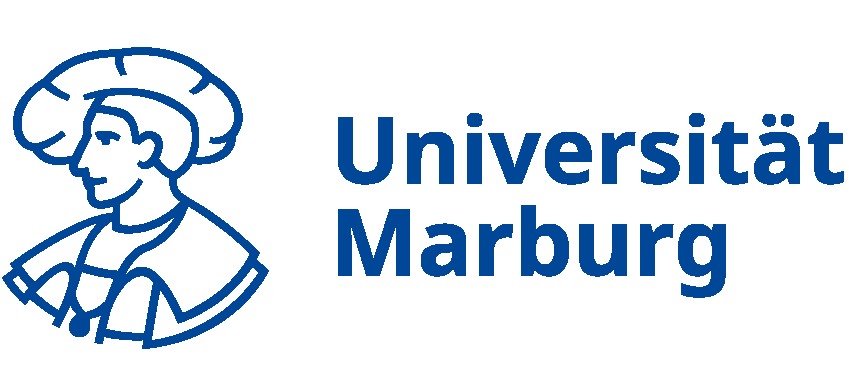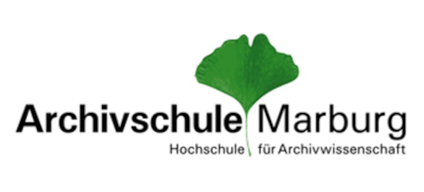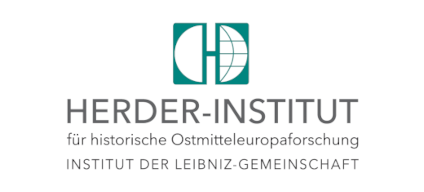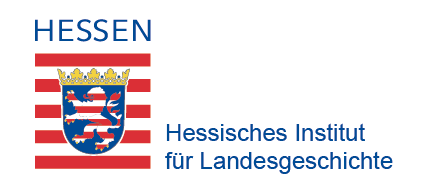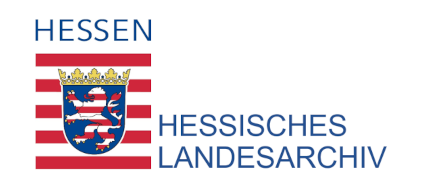05.03.2021 Call: Spoken images of/in Islam: Languages and Translations in Texts and Images
The Innovative Traning Network "Mediating Islam in the Digital Age" (MIDA) and the European Network for Islamic Studies (ENIS) organise the MIDA/ENIS Summer School 2021
Spoken images of/in Islam: Languages and Translations in Texts and Images
Catania - Sicily: 5-9 of July 2021 (departure Saturday 10th)
Deadline: 1 of April 2021
Host Institution: Università degli Studi di Catania
The main objective of this school is to investigate the image–text relations in Muslim traditions by applying to different genres of images and texts and by thinking about how they are affected by translation or interpretation. The Summer School will bring together advanced academics and lecturers from different disciplines with doctoral and MA students to explore how the transfer of texts and images move from one culture to another in Muslim societies and beyond; and in what ways language functions as a mediator in this process.
Translation is an integral part of any culture, and Muslim societies are no exception. The Summer School attempts to investigate the extent to which ideology can impact the translator’s style and selection of words that will, accordingly, shape the receivers’ worldviews. For instance, in mediaeval times Arabic scholars translated Greek philosophical and medical works and employed this knowledge in their
elaboration of Islamic sciences. Translations or rather adaptations of Western works, inspired Muslim scholars, writers and artists in the nineteenth century to produce new hybrid scholarly and artistic amalgamation of their own. Take for example, the heavy debates among Muslim scholars regarding the translation of the Qur’an throughout history. The debate has diminished and the translation of the Qur’an in almost all world languages is now reality. Also, western technologies of figurative painting and photography were introduced in the nineteenth century in the Middle East; they became striving media in the hands of local actors and practitioners. Today, Turkish television series conquer Netflix in adapted, dubbed and subtitled versions. What are the consequences of transferring a medium to
another cultural context? Young researchers are stimulated to think about such questions by taking the textual and visual languages of Muslim societies as transmitters in this process throughout history.
Because they belong to a non-verbal system of representations, figurative images require specific methods of analysis taking into account the ambiguity of the meaning they project and the ways they are shaped by pre-established visual schemes and codes. Together, we aim to develop our skills pertaining to critical academic analysis and positioning the agency of texts and images in Islamic societies, their authorship and dissemination; and how this transfer impacts whattexts and images may represent. This hypothesizes, for example, that images are mediated translations of reality, staged and edited before reaching their audience. In this sense we require participants to think about the question how images frequently function in association with words, through titles, captions and labels, since gathering and composing additional information about images and words has the power to transform their message. The specifics of visual communication acquire extra weight in cultures that had long lived under a regime of aniconism, as is the case of the Sunni Muslim world.
The Summer School will also offer PhD and MA students the opportunity to develop research questions for their theses and/or present their research projects by singling out, describing, and analyzing the main semiotic features of Muslim texts and images and the ways they become a mirror, which may passively and actively reflect the mind of the exegete or the reader. The aim is to jointly further our knowledge of how translation or interpretation of texts, images or filmic materials affects their original meaning. How can we study Muslim texts and images in their different cultural, political, social and religious contexts? How are such translations or interpretations received in Islamic societies in different historical contexts? Can analytical methods grounded in the study of Western imagery be transferred to the analysis of the visual language in the Middle East and other Muslim regions?
Kontakt
Prof. Dr. Albrecht Fuess
Tel.: +49 6421 28 21302
Mail: albrecht.fuess@uni-marburg.de
Philipps-Universität Marburg
Centrum für Nah- und Mittelost-Studien
Fachgebiet Islamwissenschaft
